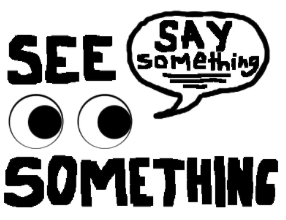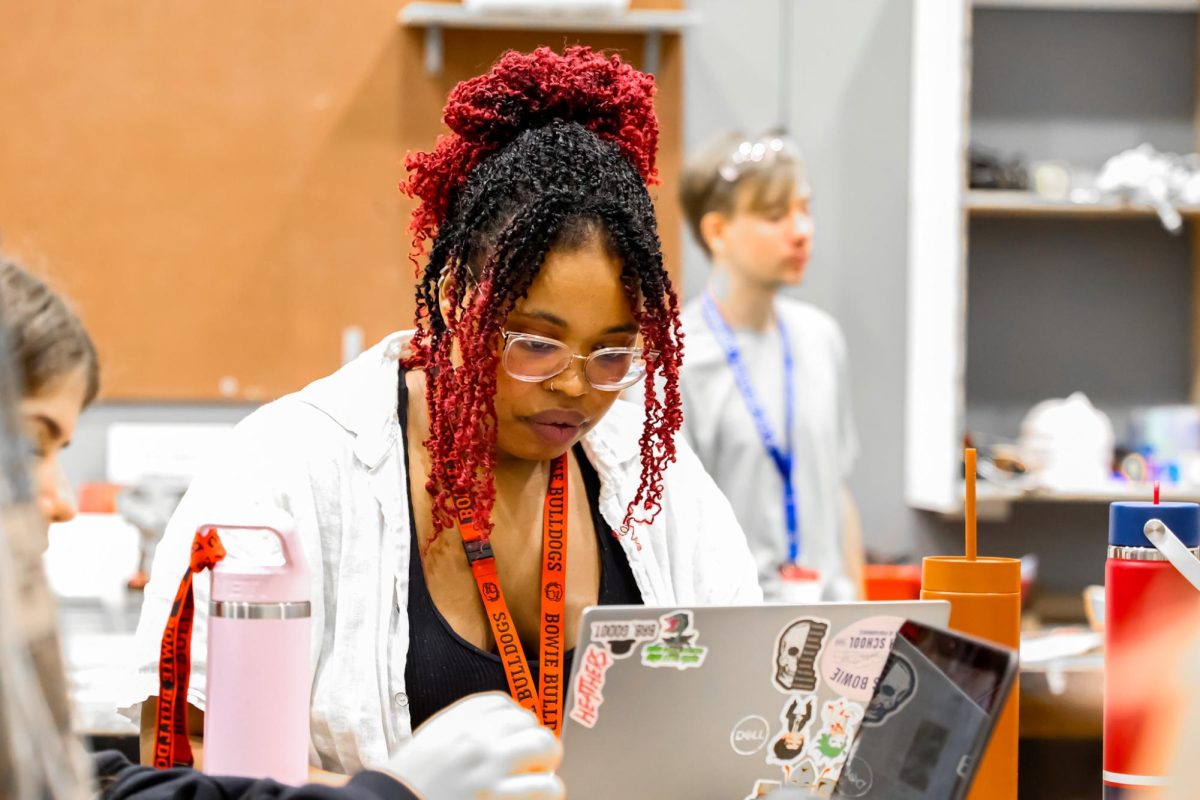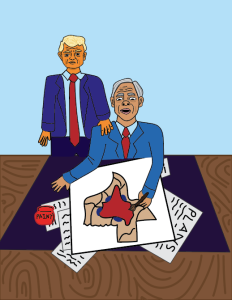Possible controversial end to fan favorite horror franchise
Halloween Ends serves as final sendoff to iconic slasher; many fans express frustrations
Halloween Ends feels the least like a Halloween movie in the best and worst ways possible.
November 29, 2022
Hobbled around a corner, peering out from the shadows draping the room, a broad, towering figure slumps out from its refuge into the light, trudging forward. It lurches forward, each step heftier than the last, further and further until the shimmering, collectiveness of the weighty blade is drenched in a chaotic crimson mist.
David Gordon Green’s Halloween Ends’ is the latest installment, and possibly the last, in the iconic slasher franchise. This film marks the thirteenth film in the franchise, and the third release in the most recent set of films.
As a critic of just about every form of media I can get my hands on, I’ve had my fair share of intense action and heartfelt emotional beats, however Halloween Ends feels the least like a Halloween movie in the best and worst ways possible. The film ratcheted up the tension, increased the character development of the core cast, but reduced the action significantly from that of its predecessor.
Unfortunately, with that came lots of backlash from fans of the series, and sadly while these are factors that tend to improve many films, this franchise suffers because of it. With a history of being one of the most recognizable horror icons of all time, one would expect to see quite a bit of our favorite slasher, but for much of the film he is nowhere to be seen.
Fortunately, the movie presents the audience with a very different character to fixate on, Rohan Campbell’s character, Corey Cunningham. Campbell’s divisive character serves as a major anchor for the audience as his impressively accurate portrayal of a man feeling demonized by society left the members of the audience on the edge of their seats.
Corey spends the entirety of the film socially recuperating after a horrifying accident in the very first scene of the film, distancing himself from everyone and everything in his life until he reaches a believably dramatic break in his psyche.
On the topic of the shape himself, in the preceding films he was shown to be less of an older broken man, and more of an unstoppable symbol for violence and fear as he painted the walls and streets of Haddonfield a bright crimson red. This almost cartoonish degree of invulnerability in previous films made him a terrifying slasher for sure, but in Halloween Ends we see an all new side of the shape as he is slowly reintroduced as a withering decrepit version of the Haddonfield killer we’ve grown to love over the years.
This shift in depiction, while personally disappointing, serves to benefit Corey as a character as well as lead to a more tense and more climactic final act. The change in depiction, while dramatic, doesn’t impact the weighty blows the shape deals throughout. Seemingly absent from much of the film, Michael’s brief scenes are, in the opinion of a fan of the series, some of the most graphic in years but ultimately disappointing.
In almost every scene the shape is in, he appears hermitish and unstable, which dramatically contrasts with the calm collected look he maintains in previous films. The shape’s unsettlingly tempered presence from the first film carried a weight that few other films in the genre were able to capture, and the most recent installment struggles to achieve that same presence.
The pale white face and deep black eyes of the mask served him well as Michael Myers became more than just a man wearing a costume mask, but the frequent unmasking in the recent trilogy – this film especially – made this difficult.
The Halloween films have never been about the man underneath, but what he becomes with the mask. Similarly the films have always been incomplete without a heavy memorable score, and this film gets that right.
Similar to the characters themselves, the score expresses the dichotomy of the Haddonfield Slasher as more than just a man in a mask. This storytelling through the score did not go unappreciated as it was a core characteristic of the original films, as well as one of my personal favorite aspects of the franchise.

Since 1978, sound design has always been a key player in the scare factor of the Halloween movies, and the score wasn’t the only thing this film got right in that department. The satisfyingly graphic violence of the film, while not matching its predecessors in quantity, well made up for it in quality. Some of the film’s action sequences kept even myself at the edge of my seat due to the menacing instability Campbell’s character maintains.
The slow transition from regretful killing in self-defense to remorseless slaughter is incredibly entertaining and helps to ratchet up the tension in a way the films have never truly explored before.
The way this film improves on past concepts and introduces new ideas was absolutely commendable, and on its own I recommend it to most horror fans, but as a conclusion to one of my favorite trilogies of horror films in recent years, it disappointed me in more ways than one. If you plan to watch Halloween Ends, I recommend you see it in theaters with friends, but do not go in expecting to see just another Halloween movie.
The music, intensity, story, and acting all feel like an improvement, but because of the glaring issues I have with the film, I cannot personally say it lived up to my expectations for the final act of the Halloween franchise.









